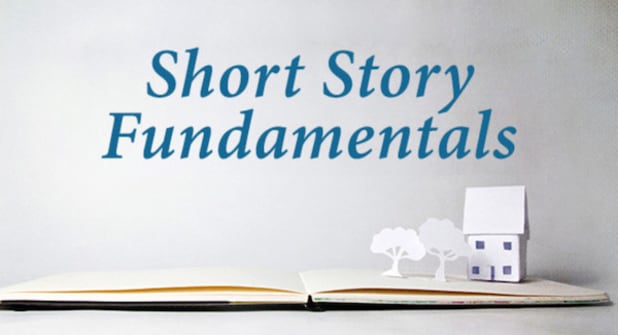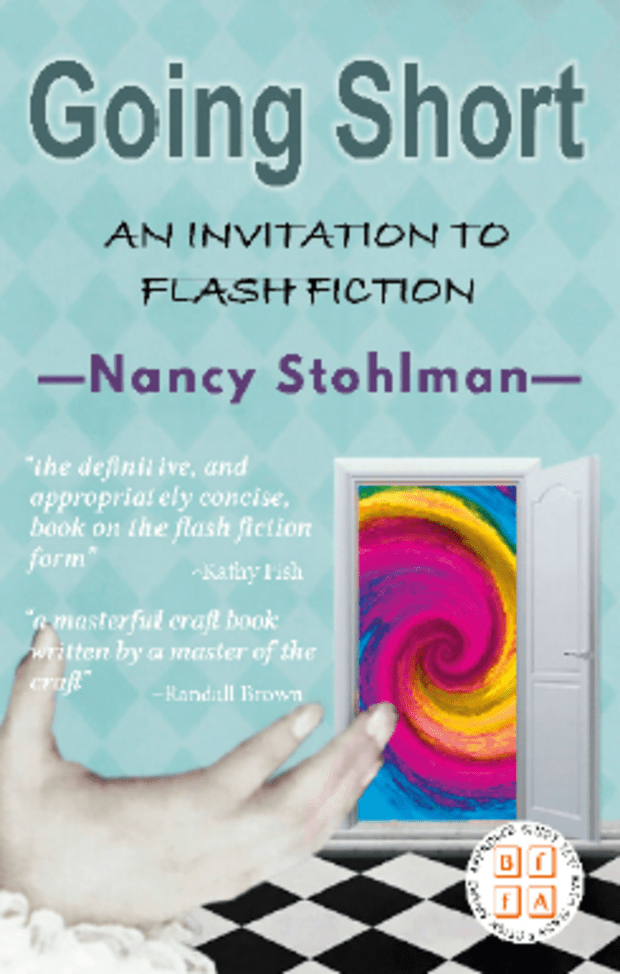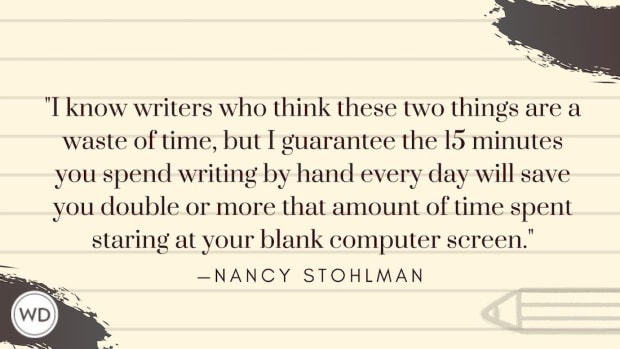Author Nancy Stohlman discusses why flash fiction is changing the way we tell stories and the shifting landscape of creativity in 2020.
Nancy Stohlman is the author of four books of flash fiction including Madam Velvet’s Cabaret of Oddities (a finalist for a 2019 Colorado Book Award), The Vixen Scream and Other Bible Stories (2014), and The Monster Opera (2013). She is the creator of The Fbomb Flash Fiction Reading Series and FlashNano in November. Her work has been anthologized in the W.W. Norton New Micro: Exceptionally Short Fiction, Macmillan’s The Practice of Fiction, and The Best Small Fictions 2019. Her craft book, Going Short: An Invitation to Flash Fiction, is forthcoming from Ad Hoc Fiction in 2020. She teaches writing and rhetoric at the University of Colorado Boulder.
When she is not writing flash fiction, she straps on stilettos and becomes the lead singer of the lounge metal jazz trio Kinky Mink. She dreams of one day becoming a pirate.

In this post, Nancy Stohlman discusses why flash fiction is changing the way we tell stories, the shifting landscape of creativity in 2020, and much more!
(3 Things You Need to Know to Write Great Flash Fiction)
****

****
Name: Nancy Stohlman
Literary agent: Becky LeJeune, Bond Literary Agency
Book title: Going Short: An Invitation to Flash Fiction
Publisher: Ad Hoc Fiction
Release date: October 15, 2020
Genre: The craft of writing
Previous titles by the author: Madam Velvet’s Cabaret of Oddities (finalist for a 2019 Colorado Book Award); The Vixen Scream and Other Bible Stories; The Monster Opera; Searching for Suzi: a flash novel; Fast Forward: The Mix Tape
Elevator pitch for the book: Flash fiction is changing the way we tell stories. Carving away the excess, eliminating all but the most essential, flash fiction is putting the story through a literary dehydrator, leaving the meat without the fat. In Going Short: An Invitation to Flash Fiction, veteran writer, publisher and teacher Nancy Stohlman takes us on a flash fiction journey: from creating, sculpting, re-visioning and collecting, to best practices for writers in any genre.

[WD uses affiliate links.]
What prompted you to write this book?
The seeds for Going Short were planted as early as 2009 when students and fellow writers were asking for book recommendations on the craft of flash fiction … and I didn’t have any. Most teachers I knew at the time (including myself) were using anthologies of flash fiction in their workshops and classrooms instead. But flash fiction requires specific skills, so there was a real need for books that addressed the particular nuances and challenges of the small form.
How long did it take to go from idea to publication?
I started writing the book in 2012, so it took me nearly seven years to complete! One of the reasons it took so long was because I was becoming a better writer and teacher throughout the process. Each year my understanding of the form deepened. And I could continue to write this book for another seven years! Every day, I learn something new, both as a writer and as a teacher. And every day, the form continues to invent itself. It’s quite exciting.
Were there any surprises or learning moments in the publishing process for this title?
The book was originally scheduled to come out in June 2020, so there was that little worldwide surprise called COVID-19! But I’m glad we pushed the release date, because now, more than ever, writers and readers are rethinking their creativity. The whole world is rethinking creativity. So this book feels like it couldn’t be more perfectly timed. I’m also really grateful that this book is coming out with Ad Hoc Fiction because they have the same love of flash fiction, the same mission to help spread the flash fiction gospel. I feel lucky that we’re both on the front lines of a new genre—that is an opportunity that doesn’t come around in every lifetime.
Were there any surprises in the writing process for this book?
The biggest surprise was how difficult it was! I thought it would be “easy”—after all, I’m a professor, a workshop leader, and a long-time writer and advocate of the form. But it turned out to be the hardest book I’ve ever written. I couldn’t approach it the same way I approach fiction. When I write fiction, I tune out my audience; I try to forget about readers and publication. But this book was for my readers, so I had their faces and voices and words with me, in my mind, every step of the way. The process was much slower, and the longer I worked on it the more important it became to get it right. I’ll be honest: I quit many times. But I never really gave up. In the end, it has been one of my most rewarding books.
What do you hope readers will get out of your book?
I hope fellow flash writers and lovers see it as a writing companion, a trusted friend they can return to over and over. I also hope the newly flash-curious writer will get a better understanding of this amazing form, and this book helps bridge the gap of misunderstanding. And, ultimately, I hope everyone falls in love with the form as deeply and passionately as I have.

If you could share one piece of advice with other authors, what would it be?
My very best piece of advice is to write by hand, every day. I’ve been doing this for 25 years—there is a different sort of creativity that happens when you write by hand. The brain relaxes, and that’s when great ideas come in through the side door. And write every day, if only for 15 minutes, because this keeps you limber and in good shape for when those good ideas do arrive. It’s like a long-distance relationship—if you only talk on the weekends, there is a lot of catching up to do. But if you touch your work every day, even if you have nothing important to say, even if you only have 15 minutes, the relationship stays alive and relevant, rather than becoming estranged.
I know writers who think these two things are a waste of time, but I guarantee the 15 minutes you spend writing by hand every day will save you double or more that amount of time spent staring at your blank computer screen.
Be First to Comment